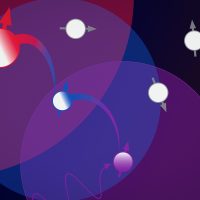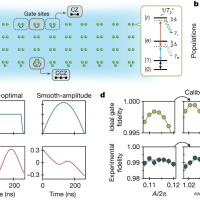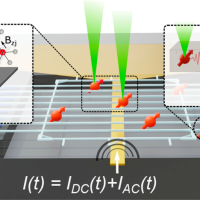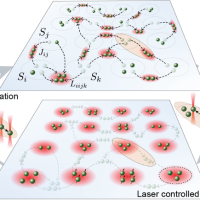News: Research Highlights
Mon December 11, 2023
Quantum-computing approach uses single molecules as qubits for first time
News type:
Fri April 14, 2023
Measuring Arbitrary Physical Properties in Analog Quantum Simulation (Choi Group)
News type:









